The Sidearm of the World: The Browning Hi-Power and its Everlasting Popularity
The Sidearm of the World: The Browning Hi-Power and its Everlasting Popularity
During the Cold War, “Steve” traveled the world serving as a covert operator for the United States. Fluent in Mandarin Chinese and possessing a graduate degree in geography, he could pass as a businessman or expatriate at first glance, whether at home or almost anywhere in East Asia.
Like any good operative, he gave few details about what he actually did and why. Suffice it to say, he worked secretly to protect U.S. national interests. That work was performed quietly and undercover. “Anybody who thinks guys like me go in with guns blazing has watched too many movies,” he said.
However, there were a few times in his career when he was in certain Southeast Asian countries and his operations officer ordered him to “draw a weapon on station.” In other words, arm yourself when you get there. The weapon Steve was provided by a station chief was invariably a Browning Hi-Power 9mm pistol. “It’s reliable, it uses 9mm ammunition (which is universally available) and even though it’s an anvil to carry, has a lot of bang in that 13-round magazine,” Steve said.
Use on Both Sides
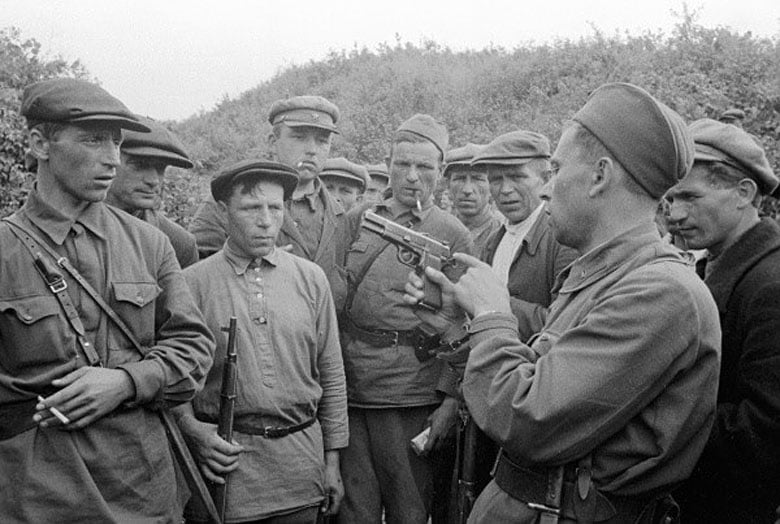
From spies and soldiers to freedom fighters and dictators, it seems that everybody around the world wanted to carry this workhorse weapon. The Hi-Power is a pistol that’s been on both sides of almost every world conflict during the 20th Century. It’s been wielded by the good, the bad and almost certainly by the opposing force.
Even during the current age of pistols made of polymers and exotic metals, the Hi-Power is still in the holsters of many warriors. It was once the standard NATO sidearm. In fact, more than 90 nations have used weapons genius John Browning’s last pistol design and at least 50 countries still have it in their arsenals.
“Soldiers will continue to face one another with a Hi-Power in their hands,” said Doug Wicklund, senior curator at the NRA National Firearms Museum in Virginia. “It happened during World War II, it happened during the Falklands and it will happen again.”
Saddam Hussein carried a Hi-Power that he frequently fired into the air to excite crowds of his Iraqi followers.
Libyan strongman Muammar Gaddafi owned a customized, gold-plated Hi-Power that had an image of his face etched into the grips.
During World War II, both the Waffen-SS and the special operators who opposed them, such as agents of the Office of Strategic Services, or the Special Operations Executive, often carried the pistol.
When the British and the Argentines faced off during the Falklands War in 1982, both sides carried the Hi-Power and frequently captured the pistols and their ammunition from each other. Even though elite SAS operators have switched to more modern pistols such as the Sig Sauer P226, the regiment still keeps Hi-Powers in the arsenal.
There are good reasons why the Hi-Power is still in use. It’s robust and reliable, capable of withstanding battlefield abuse and its 9mm ammo is widely used around the world. What’s more, it’s easy to field strip and clean, a feature always beloved by the common soldier who has to clean his or her weapon.
The Hi-Power’s magazine capacity, ergonomics, ease of maintenance, reliance on a commonly produced ammunition and solid construction virtually guarantee it will stay in use throughout the 21st Century. It’s simply too good of a handgun to give up.
Hi-Powered History
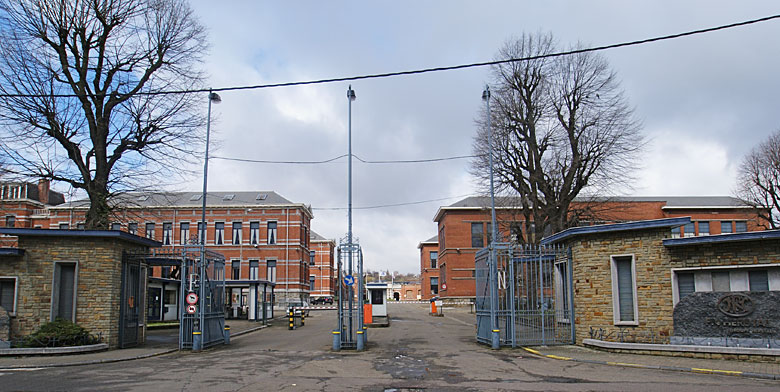
The Hi-Power is really history’s first high-capacity pistol and you can thank the French Army for the idea. During the early 1920’s, the French army sought a new pistol that would have a high-capacity magazine of least 10 rounds and chamber 9mm Parabellum ammunition. Impressed with the power and reliability of the M1911 .45-caliber pistol designed by John Browning, the French generals in charge of new ordnance established a standard they called grande puissance, literally “high power” that this new pistol would have to meet.
In 1923, Browning filed a patent for a prototype pistol that was the forerunner of the Hi-Power. However, he died in 1926 before he refined the design.
Dieudonné Saive of the Belgian weapons company Fabrique Nationale Herstal took up the project and completed the pistol’s design. By 1934, FN began production of the Hi-Power in earnest. It was too late though for the fickle French, who decided to adopt another pistol.
However, the Belgian Army seized the opportunity and adopted the gun. The pistol’s magazine capacity set it apart; holding 13 rounds of 9mm Parabellum ammunition, 14 rounds if using a Canadian-made Inglis magazine.
After occupying Belgium in 1940, German forces took over the FN plant. German airborne and SS troops often used the Hi-Power pistols manufactured under German control. Those weapons have the designation Pistole 640(b) (“b” for belgisch, “Belgian”) and are highly-desired collector’s items today.
A number of FN designers and engineers escaped Belgium ahead of the Nazi invasion with the plans for the Hi-Power. Canadian manufacturer John Inglis and Co. in Toronto re-tooled their factory and began production of the pistols, which were issued to a variety of British imperial forces.
However there were also large batches of Inglis-produced Hi-Powers made for a special purpose, as so-called “sterile weapons.” Made without serial numbers or other markings, they were issued to covert operators as one more ruse that could protect the cover of the agent or commando who carried the pistol as a sidearm.
The Hi-Power Today
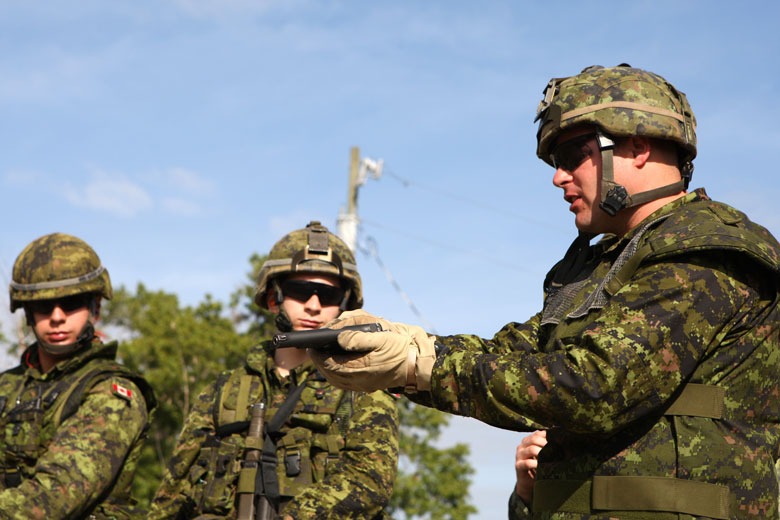
By the 1990’s, the Hi-Power was beginning to show its age. One name began to make world militaries think twice about maintaining the venerable weapon as their main battle pistol and that was Glock. The polymer-framed pistol captured imaginations around the world.
The Hi-Power really had its heyday during the period of steel-framed pistols from the 1940’s to the 1980’s. Yet, more than sentimentality keeps the pistol in use.
First of all, it’s nearly ubiquitous. The weapon remains the standard sidearm of the Canadian Armed Forces, Belgian Army, Indian Army, Indonesian Armed Forces, Australian Defense Force, Argentine Army, Luxembourg Army, Israel Police and Venezuelan Army. In other words, go into a military armory almost anywhere in the world and it’s the pistol mostly likely to be issued.
The Hi-Power also has a reputation for being “soldier proof.” It’s hard to screw up a Hi-Power, even if it’s in the hands of a boot.
Finally, it’s available for civilian purchase. Still manufactured in Belgium, the Browning Co. sells the pistol at a manufacturer’s suggested retail price of about $1,100. Is is spendy? Yes, but as you’ve read, this is a ubiquitous pistol that will last forever if properly maintained.
Editor-in-Chief’s Note: Paul R. Huard writes about military history and military small arms for daily newspapers and online publications. He is based in Ashland, Oregon.






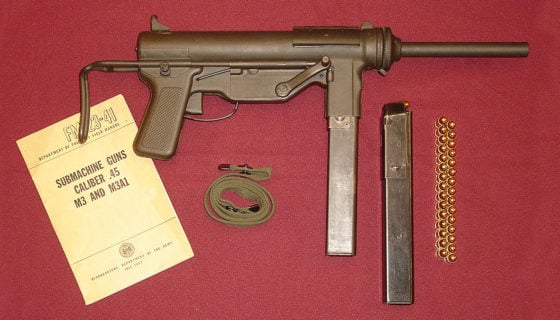
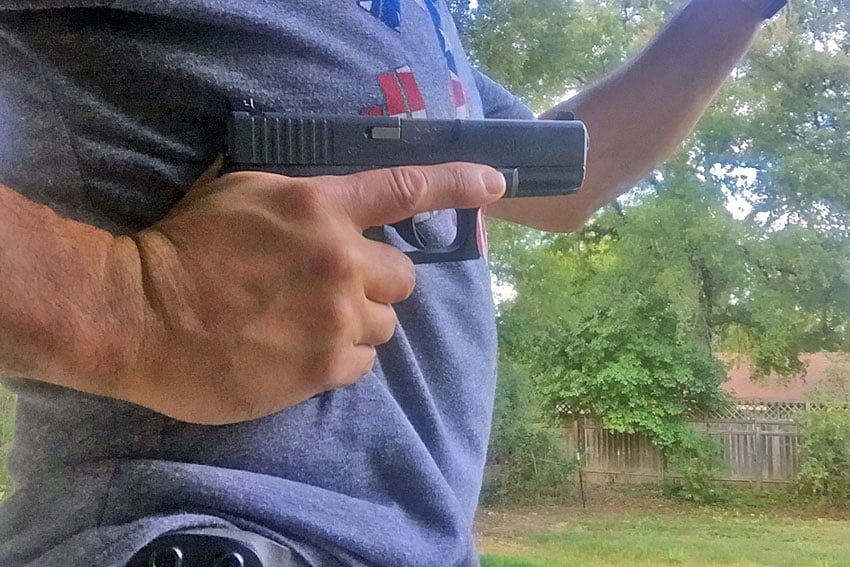
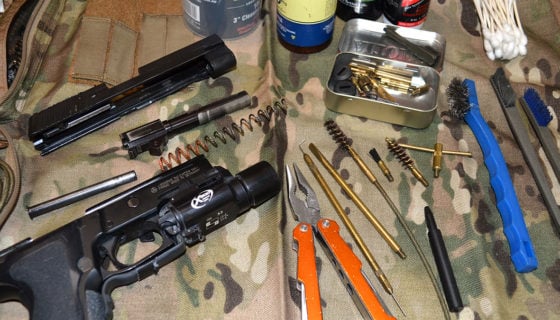
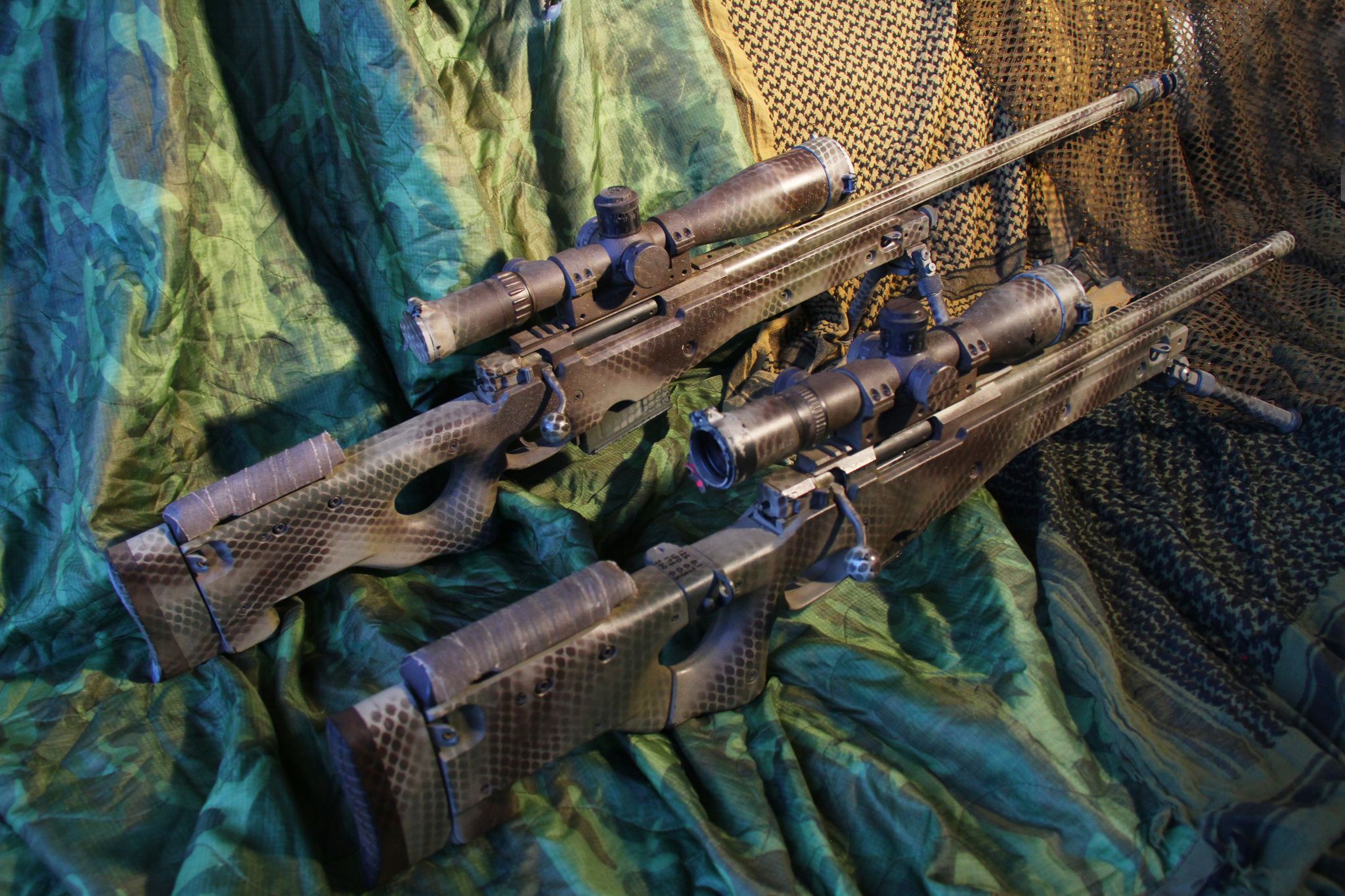

Discussion